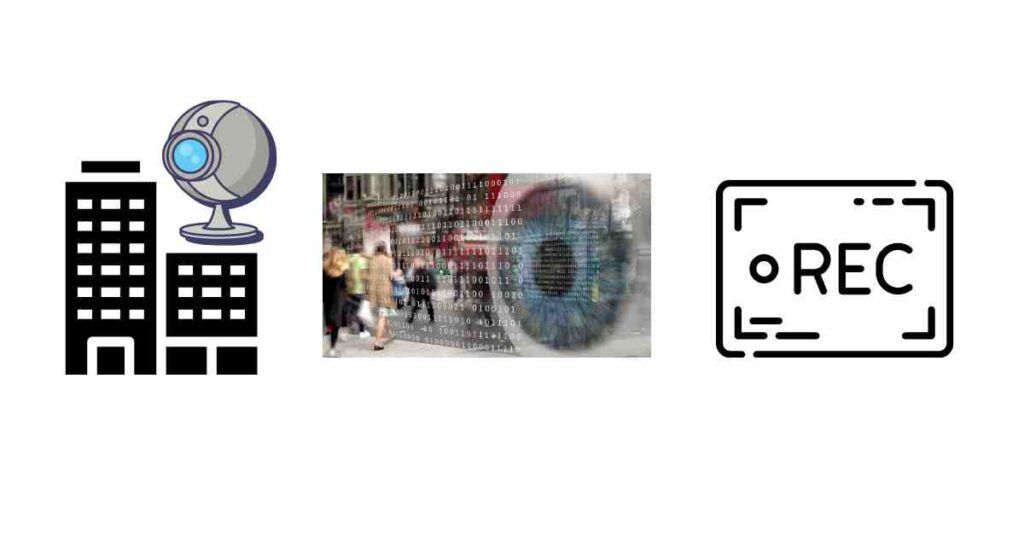What are some of the unstructured data sources?
Data plays a critical role in decision making. Your business’ success depends on your ability to collect it, analyze, process, and then take the necessary action.
In the modern era of digitization, large volumes of unstructured data are being generated at an accelerating growth rate of 55-65% every year, according to Datamation. It is generated by both human beings and machines.
Accordingly, unstructured data is evolving; what used to be user home directory data is now billions of text files, massive data lakes, and databases. As a result, it is more challenging for enterprises to process unstructured data because of its ambiguities and inconsistencies.
However, businesses still need to store all types of unstructured data for longer periods so as to analyze it for enhanced product creation and improved customer experience.
In this article, we’ll discuss 5 main examples of unstructured data in modern day enterprises.
Let’s get started.
1. Social Media
There are many social media platforms today, including Facebook, Instagram, LinkedIn, and Twitter.
When a social media user posts something on one of these platforms, it gives a glimpse of their state of mind. This information is valuable to enterprises seeking to gain a competitive edge by providing products according to customer demands, as well as addressing their pain points.
Over the years, the use of social media has grown tremendously. According to Statista, the number of social media users is projected to increase to 4.41 billion by the year 2025.
Every interaction on a social media platform, for example through mentions of brands and products by users on their comments or posts creates a quantifiable data point.
Unstructured data from social media, therefore presents opportunities for enterprises to track, segment, and analyze insights from users in order to promote their businesses.

In its raw form, social media data includes metrics, such as
- Hashtags
- Comments
- Likes
- Shares
However, some of these metrics, such as likes may be considered meaningless without some additional analysis.
For example, having many likes or follows doesn’t exactly translate to a better business performance.
Nevertheless, using powerful AI technologies and machine learning algorithms, you can analyze unstructured data from social media and gain real-time insights on customer trends, instead of waiting for quarterly or annual reports on consumer behavior.
2. Documents
Every business needs particular documents to launch, operate, and expand. This could include business plans, contracts, and presentations, just to mention a few
Documentation gives your business story; its origin, intent, and current plans.
It provides critical insight to your businesses on day-to-day activities, future plans, as well as enabling you to communicate progress, for example, using business reports.
Most of these documents contain data in the form of images, text, and numbers which contribute to the large amounts of unstructured data sources in enterprises.
However, their unstructured nature makes it difficult to analyze manually due to large amounts of text that take a long time to read, copy, and store.

In addition to that, errors on documents, such as business receipts and invoices, as well as failure to adhere to contracts due to their loss can lead to bad business in terms of a poor reputation, loss of customers, and sometimes hefty fines.
There is, therefore, a need for advanced text analytics tools that aid in data extraction, for example through intelligent document processing which can parse through many documents and track possible errors .
AI cloud-based storage solutions for businesses are also essential to enhance security for business documents and make them available for future reference.
3. Communications
Communication is fundamental, especially between customers and businesses. It makes it possible to address customer needs and pain points first hand.
Because customers prefer different modes of communication, you need to pay attention to every possible communication channel that can impact your business.
This includes live chats, software collaboration, and web meetings through online platforms, like Zoom, Slack, and Skype.
However, as electronic business communications continue to increase, so do the unstructured data sources. Failure to analyze it accurately and derive actionable insights on time will lead to lost opportunities for your business.
This is mainly because business communications come in the form of text messages and calls.

With this, you may be unable to interpret the customer’s emotions or predict their next move.
It is, therefore, essential that you store customer service calls and messages on cloud-storage applications, categorize it, transcribe, and use AI-analytics tools to derive meaning.
Use a speech recognition program to convert voice calls from live chat platforms into text, detect emotions and observe customer’s tones in terms of pitch and volume.
In addition to that, natural language processing and data visualization tools enable you to discover key themes, sentiments, and product demands. This, in turn, equips you with the critical knowledge needed to build deeper relationships with your customers and improve their experience.
4. Digital Surveillance
How does digital surveillance contribute to unstructured data types?
Technology plays a crucial role in enhancing surveillance and security in businesses. Many enterprises have adopted technological solutions, such as smart security cameras and drones to enhance safety within their premises.
Actually, according to Statista, the digital surveillance market is projected to be worth 74.6 billion U.S dollars by 2025. This, therefore, makes it one of the main examples of unstructured data in modern day enterprises.
Digital surveillance is crucial to the monitoring of business activities and people coming into the premises for safety reasons. The systems do so by capturing images and videos of live events.
However, this data has to be compressed and stored or sent over for processing, meaning it still requires human effort to analyze by going over large files.

This greatly compromises the security of your enterprise, especially because you can only take action after a burglary or wrong deed by an employee.
However, with X-Ray cameras, you are able to tell if someone is carrying a weapon that may threaten your security and take prompt action.
In addition to that, AI-cloud based storage provides better solutions for storing unstructured data from images and videos for future reference, for example in identifying criminals.
5. Sensor Data
What is sensor data?
Almost all enterprises rely on machines, be it in production of goods through manufacturing or simply keying in information into a database using computers.
When a device responds or detects an input or from the physical environment, sensor data is generated. Often, sensors generate various types of unstructured data that may not be useful to you until it is captured, organized, and analyzed.
In fact, according to Cisco, 5 quintillion bytes of IoT sensor data is generated every day. Some examples of sensor data include:
- Historical sensor data
- Analytical sensor data
- Predictive sensor data

When it comes to historical sensor data, although tracking it is straightforward, there are other factors that come into play, such as where to use it, storage, and how far back the data should go.
In addition to that, writing logs from sensor data for it to be transcribed and formatted for compliance purposes is error-prone.
Wireless sensor networks are now ensuring that instead of manually entering data, it is now taken care of automatically using machine learning algorithms, making the work easier and accurate.
After you have collected and analyzed several months’ worth of data, AI predictive maintenance helps you forecast machine behavior and prevent downtime from unexpected machine failure.
Conclusion
There are many unstructured data examples within enterprises.
Unstructured data is created in businesses all the time. In fact, according to Datamation, 80% of all enterprise data is unstructured.
This can be in the form of texts, images, audios, and videos.
Having gone through the main examples of unstructured data in modern day enterprises, I hope you can identify types of unstructured data in your businesses.
Although unstructured data, such as business documents, sensor data, and social media can be complex to analyze, it is critical to your business’s decision-making process.
Fortunately, you can leverage AI-analytics tools, such as predictive analytics and intelligent document processing software to ease the burden and provide data-driven insights.

![5 Innovative Applications of Artificial Intelligence in Manufacturing [2021]](https://geokongo.com/wp-content/uploads/2021/09/Applications-of-Artificial-Intelligence-in-Manufacturing-2021-1024x536.jpg)


